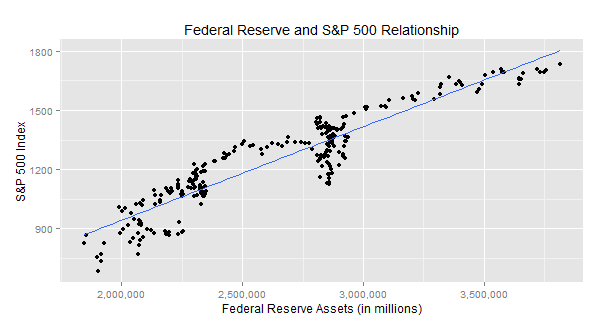European Sovereign Debt Crisis Redux, What's the Playbook?
/I wrote this post originally as a guest feature on RectitudeMarket.com. Check out the website for great investment ideas and original analysis.
Now that Greece has officially rejected austerity it’s time to examine our 2011 playbook to get some clues as to what might happen. More importantly depending on your timeframe there should be plenty of strategic and tactical strategies for profit due to the increase in volatility.
Let’s compare EUR/USD, Treasury yields, EU yield spreads, and other Developed Markets from 2011 to 2015 for insights on portfolio positioning.
EUR/USD Annualized Rolling Mean Returns suggest a possible structural change
Examining the chart it is easy to see that since 2014 the rolling returns have declined dramatically. In fact it is at a level only seen twice on the chart. First, in 2001 and again in 2009. Both of those periods were tail ends of global recessions. The fact that we are not in a global recession currently(yet?) suggests potential major trend changes are continuing.
2011 and 2015 time periods of interest are shaded gray
EUR/USD 252 day rolling volatility is spiking
Simply observing the chart the low-to-high is unparalled since 2008 although much lower on an absolute basis. This is indicative of investor indecision and whipsaws.
2011 and 2015 time periods of interest are shaded gray
Developed Markets' Rolling Mean Returns show decoupling
During periods of global financial streess the commodity countries appear to show acute weakness. EWA and EWC are seriously underperforming their developed market, non-EU peers. QQQ appears to show the most resilience in the face of Eurozone stress in both 2011, and 2015.
2011 and 2015 time periods of interest are shaded gray
Treasury Yields are likely to fall in a flight to safety trade then continue rising
During the 2011 crisis you can see treasury yields collapse on a lagged basis before continuining to rise. It is likely that yields will follow the same playbook by compressing until more market participants feel certainty regarding potential contagion risk. Barring a total collapse in investor faith in the EU I doubt yields stay compressed for very long given what appears to be a structural shift in rates.
2011 and 2015 time periods of interest are shaded gray
Treasury Yield volatility is rising yet remains muted when compared to 2011
All 3 maturities remain below their 2011 and subsequent 2012 peaks. They could test those highs but the chart shows a general downtrend in rolling volatility.
2011 and 2015 time periods of interest are shaded gray
Long term lagged Eurozone interest rate spreads do not show contagion risk like 2011
Examining the long term rates pulled from the ECB’s website we can look at the yield spreads over German Bunds to get an indication of the potential contagion risk this time around. The entire year of 2011 is shaded given the bulk of the crisis happened within that time period. Compared to 2011, Italy, Spain, and Portugal are not yet seeing the same ‘stress’ in 2015.
2011 and 2015 time periods of interest are shaded gray
Conclusions
1. Expect increasing volatility across the board as market uncertainty heightens regarding potential contagion risk.
2. Create your shopping list for ‘overvalued’ ETF’s and individual equities as the potential flight to safety trade will likely create reasonable longer term buying opportunities in quality names.
3. Barring a complete debacle in the Eurozone US markets are likely to outperform other developed market peers.
4. Pay particular attention to the EU yield spreads over ‘safe’ German Bonds. If the peripheral spreads start to blow out again as they did in 2011, all bets are off and safety of investment capital becomes critically important if it hasn’t already.





